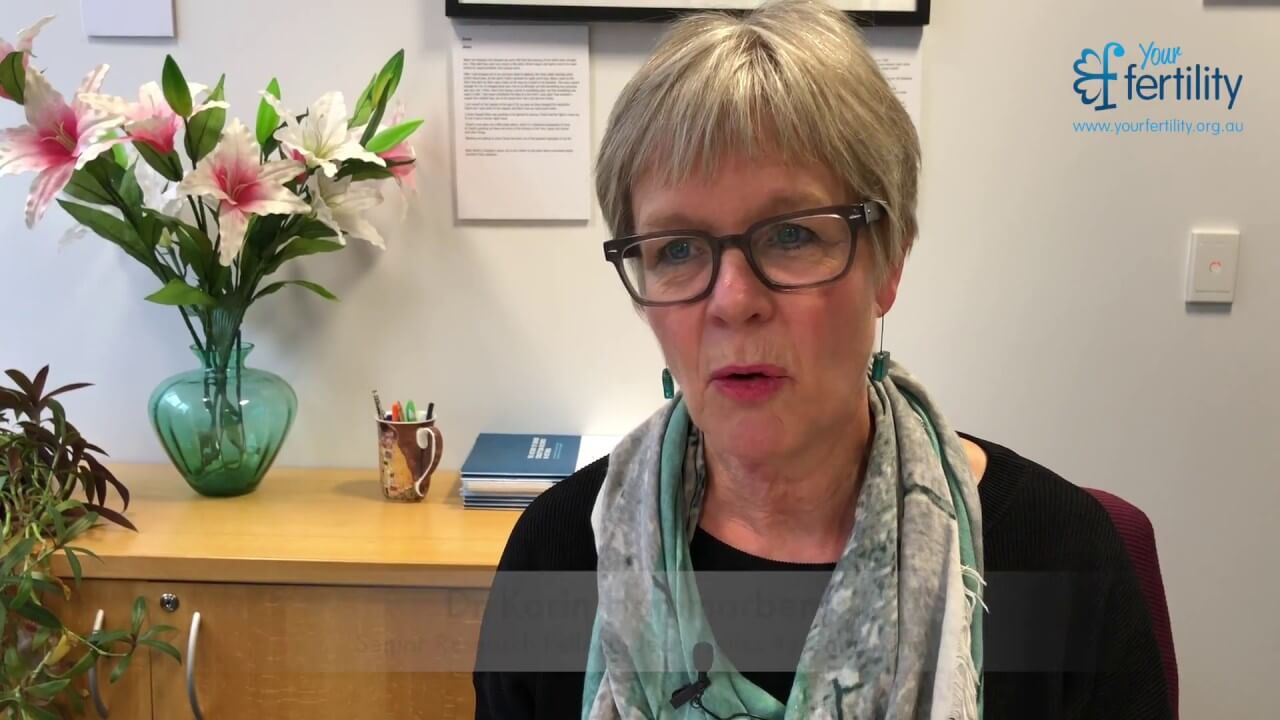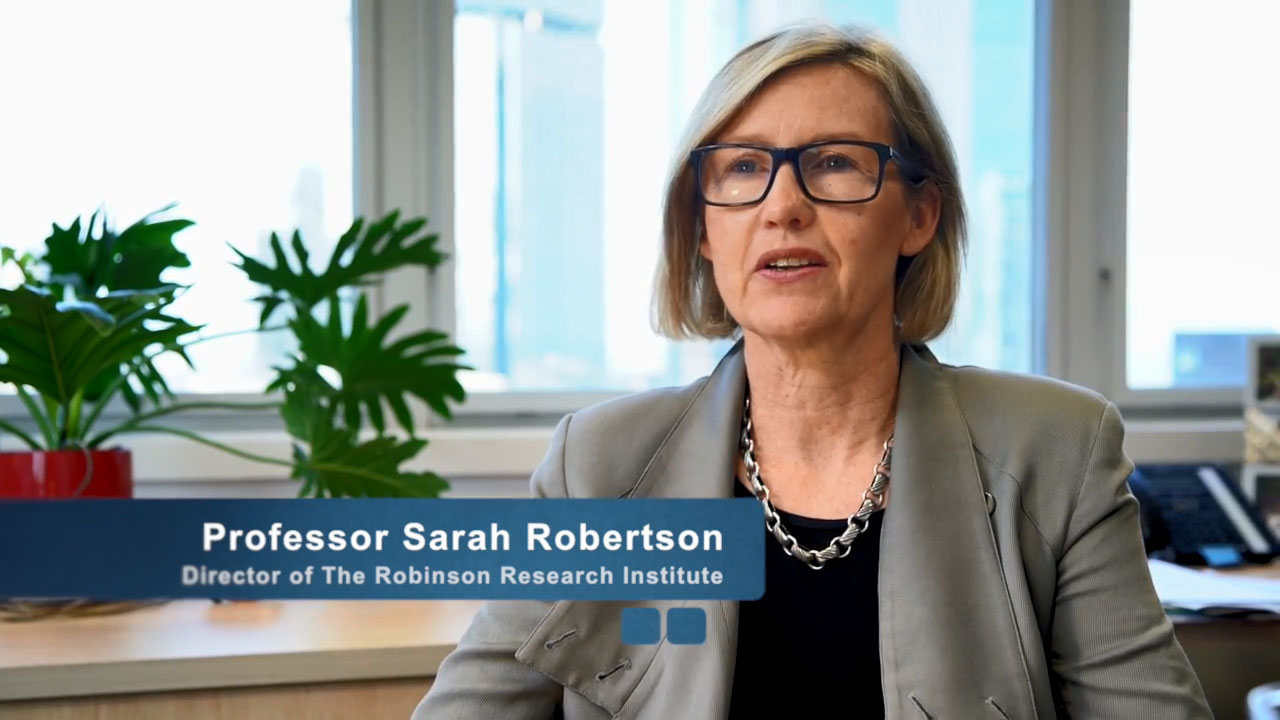What Does It Mean When a Baby Has X and 2 Yy Chromozones
When are yous more likely to excogitate?
We're talking about the 'fertile window' – the days in a woman'south menstrual bicycle when pregnancy is possible. The 'fertile window' depends on the length of the menstrual bicycle, which varies amongst women.
The 'fertile window' is the day an egg is released from the ovary (ovulation) and the v days beforehand. Having sex (intercourse) during this time gives you the best chance of getting significant.
Ovulation Calculator
-
What is an ovulation figurer and how does it help y'all get meaning?
This ovulation reckoner or ovulation agenda tin help y'all work out your most fertile time. These are the days you are nigh likely to get pregnant.
It can also estimate your due date if you do become significant during your next fertile days.
Others means to help you lot work out when yous're ovulating:
- Notice changes in vaginal mucus
A few days before ovulation, you lot may notice your vaginal mucus becomes clear, slick and slippery, and feels a bit similar egg white.
This is a sign that ovulation is about to happen. It's the best fourth dimension to have sexual activity, as sperm travel more easily in this kind of mucus.
- Employ an ovulation predictor kit
You tin can utilise a predictor kit from a supermarket or pharmacy, to examination your urine for signs of ovulation. If yous start testing your urine a few days before the day yous adjacent look to ovulate, a positive result means you are going to ovulate within the next 24 to 36 hours (1 to two days).
-
Facts nearly timing
Ovulation is when a mature egg is released from the ovary. The egg and so moves downwardly the fallopian tube where it can exist fertilised. If sperm are in the fallopian tube when the egg is released, there is a good gamble that the egg will be fertilised, creating an embryo, which can grow into a baby.
Pregnancy is technically only possible if you accept sexual practice during the v days before ovulation or on the solar day of ovulation. But the well-nigh fertile days are the three days leading up to and including ovulation. Having sex during this time gives y'all the best chance of getting pregnant.
By 12-24 hours after ovulation, a woman is no longer able to get significant during that menstrual bicycle because the egg is no longer in the fallopian tube.
In that location'due south almost no chance of getting pregnant if you lot have sexual practice earlier or later the fertile window (but if you're not trying to get pregnant, don't rely on this – contraception is your best option!).
-
How to know when y'all're ovulating
Knowing when you ovulate tin can help yous plan for sexual activity at the right time and meliorate your chance of getting pregnant. You lot can go along track of your menstrual cycles on a chart, in a diary, or on a free menses-tracker app on your smartphone.
To work out the length of your menstrual cycle, tape the first 24-hour interval you lot start bleeding (first day of your flow). This is solar day i. The last day of your wheel is the day before your next period begins.
- What is a 'menstrual cycle' and a 'period'?
Some people think the 'menstrual cycle' and a 'period' are the same thing.
A period is when you lot bleed (or menstruate).
A menstrual cycle starts on the mean solar day when a period starts (twenty-four hours 1) and ends the day before the next period. A cycle'southward length is considered normal if it'south betwixt 21 and 35 days. They tin vary between women and from one cycle to the adjacent.
- Working out your 'average' menstrual bike length
If your menstrual cycles are different lengths (most women's cycles are) you can work out your average cycle length.
The number of days in a woman's menstrual cycle tin can vary month to calendar month. Periods are non always regular. It can be useful to work out an 'average' cycle length, based on the length of three menstrual cycles, to judge when you're nearly probable to be ovulating.
If you lot add the number of days in three cycles and divide the total number past three, it gives yous your average cycle length.
Instance
Sarah tracked her final three menstrual cycles by counting the time from the offset twenty-four hours of one catamenia, to the day before the next period.
Bike 1 was 28 days; Cycle 2 was 32 days; Cycle 3 was 27 days
28 + 32 + 27 = 87
87 divided by 3 = 29
So the average length of Sarah's menstrual cycles is 29 days.
- Working out your nearly fertile days
When you know your boilerplate menstrual cycle length, y'all can work out when yous ovulate.
Ovulation happens nigh fourteen days before your menstruum starts.
- If your boilerplate menstrual cycle is 28 days, you ovulate around day fourteen, and your most fertile days are days 12, thirteen and 14.
- If your average menstrual cycle is 35 days ovulation happens around twenty-four hour period 21 and your most fertile days are days nineteen,20 and 21.
- If yous have shorter cycles, say 21 days, ovulation happens around day seven and your virtually fertile days are days 5, 6 and 7.
Your most fertile days are the three days leading up to and including the day of ovulation.
Some women have very irregular cycles or discover it difficult to work out an average cycle length. This tin can brand information technology hard to work out when ovulation happens. If it's all too hard, having sex every 2-iii days covers all bases and improves your chance of getting pregnant.
Myth busting
- MYTH
-
A woman tin go pregnant whatever fourth dimension of the calendar month.
- FACT
-
A woman can but get pregnant on a few days during her menstrual wheel.
Why?
Because eggs and sperm merely live for a brusk time:
- Sperm live for around 5 days.
- Eggs tin can just exist fertilised for around 24 hours (one day) after being released from the ovary.
Eggs and sperm demand to come together at the right fourth dimension for fertilisation to happen to create an embryo.
Getting the timing right
If you're trying to get pregnant, timing is everything. Dr Karin Hammarberg explains how to work out when yous are ovulating and the right time to have sex to improve your chance of pregnancy.

-
What are the chances?
Having sex as close as possible to the time of ovulation increases the chance of pregnancy.
If a woman has sex activity six or more days earlier she ovulates, the hazard she will get pregnant is virtually nix.
If she has sex five days earlier she ovulates, her probability of pregnancy is about 10 per centum.
If she has sex activity on the day of ovulation, or the two days earlier, the chance of getting pregnant is around 30 percent.
These are average figures and depend on a woman'southward age.
When does preconception wellness begin?
Professor Sarah Robertson, Director of Robinson Research Institute, University of Adelaide, highlights the cardinal time earlier pregnancy that your health is nearly important to ensure your child has the best start to life.

How to know you are ovulating
Kerry Hampton, a registered nurse and fertility specialist, discusses the importance of fertility awareness, and how to make up one's mind your fertile window to meliorate your chances of conceiving.

- References
- American Social club for Reproductive Medicine, Optimizing natural fertility, https://www.reproductivefacts.org/news-and-publications/patient-fact-sheets-and-booklets/documents/fact-sheets-and-info-booklets/optimizing-natural-fertility/
- Berglund Scherwitzl, et al. (2015). Identification and prediction of the fertile window using Natural Cycles. The European Periodical of Contraception and Reproductive Health Intendance, 20(5), 403-408. doi:10.3109/13625187.2014.988210
- Ecochard, R., et al. (2015). Self-identification of the clinical fertile window and the ovulation menstruation. Fertility and Sterility, 103(v), 1319-1325.e1313. doi: http://dx.doi.org/10.1016/j.fertnstert.2015.01.031
- Pfeifer, Due south., et al. (2017). Optimizing natural fertility: a committee opinion. Fertility and Sterility, 107(1), 52-58. doi: ten.1016/j.fertnstert.2016.09.029
- Stanford, J. B. (2015). Revisiting the fertile window. Fertility and Sterility, 103(five), 1152-1153. doi: http://dx.doi.org/10.1016/j.fertnstert.2015.02.015
- Stanford, et al. (2002). Timing intercourse to achieve pregnancy: current evidence. Obstetrics and Gynecology, 100(6), 1333-1341.
- Stephenson, J., et al. (2018). Before the beginning: nutrition and lifestyle in the preconception menstruum and its importance for future health. The Lancet, 10.1016/S0140-6736(18)30311-viii doi: 10.1016/S0140-6736(18)30311-8
- Vélez, Grand. Pet al. (2015). Female person exposure to phenols and phthalates and time to pregnancy: the Maternal-Infant Enquiry on Ecology Chemicals (MIREC) Study. Fertility and Sterility. doi: ten.1016/j.fertnstert.2015.01.005
- Verón, G. L., et al. (2018). Impact of age, clinical weather condition, and lifestyle on routine semen parameters and sperm kinematics. Fertility and Sterility, 110(one), 68-75.e64. https://doi.org/ten.1016/j.fertnstert.2018.03.016
- Waylen, A. Permit al. (2009). Effects of cigarette smoking upon clinical outcomes of assisted reproduction: a meta-analysis. Hum Reprod Update, fifteen(1), 31-44.
- Zenzes, Grand. T. (2000). Smoking and reproduction: gene damage to human gametes and embryos. Hum Reprod Update, half-dozen(ii), 122-131.
Page created on: 28/08/2018 | Last updated: 07/03/2022
Source: https://www.yourfertility.org.au/everyone/timing
0 Response to "What Does It Mean When a Baby Has X and 2 Yy Chromozones"
Post a Comment